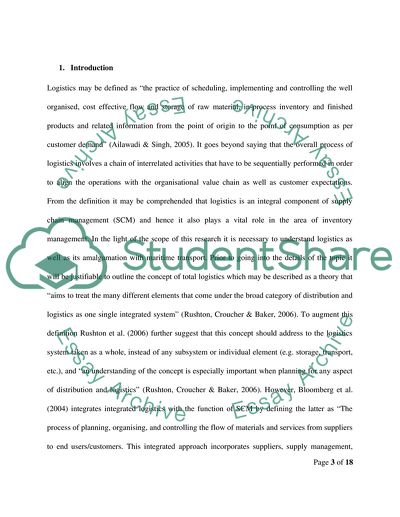Cite this document
(“Maritime Transport and Logistics Research Paper”, n.d.)
Maritime Transport and Logistics Research Paper. Retrieved from https://studentshare.org/logic-programming/1736594-maritime-transport-and-logistics
Maritime Transport and Logistics Research Paper. Retrieved from https://studentshare.org/logic-programming/1736594-maritime-transport-and-logistics
(Maritime Transport and Logistics Research Paper)
Maritime Transport and Logistics Research Paper. https://studentshare.org/logic-programming/1736594-maritime-transport-and-logistics.
Maritime Transport and Logistics Research Paper. https://studentshare.org/logic-programming/1736594-maritime-transport-and-logistics.
“Maritime Transport and Logistics Research Paper”, n.d. https://studentshare.org/logic-programming/1736594-maritime-transport-and-logistics.


